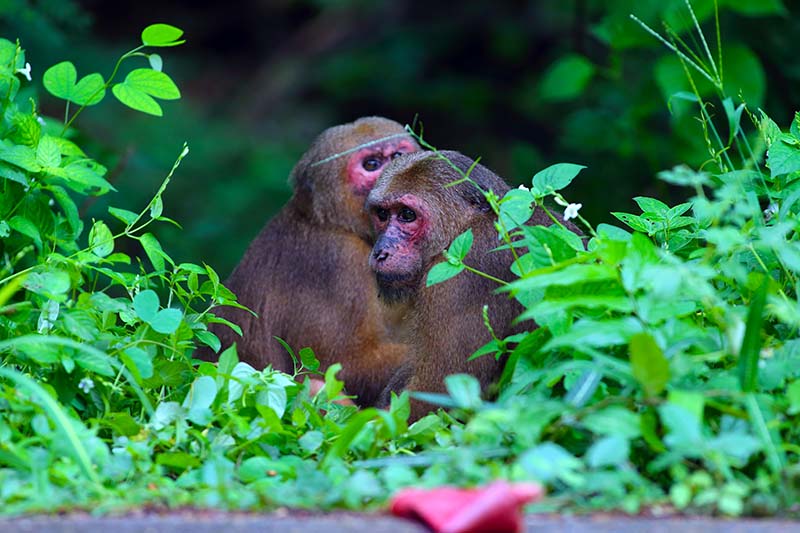
1.5-minute read
You can lead an elephant to water, but you can’t make it drink.
The desert-dwelling elephants of Namibia live in one of the harshest, driest landscapes on Earth. The average annual rainfall in the Namib Desert, where the mega-mammals make their home, is just 2mm, and permanent bodies of water are few and very far between.
Conservation researchers studying the survival strategies of the water-dependent herbivores were surprised to learn that despite having traveled hundreds of miles across inhospitable drylands, the intrepid trekkers weren’t overwhelmingly slurp-happy to quench their thirst at human-made drinking pools. Rather than rehydrate with readily available water, the elephants would use their feet and trunks to dig their own wells in adjacent dry riverbeds.
You Don’t Expect Us to Drink This, Do You?
So, what compelled the parched pachyderms to take a pass on the life-sustaining fluid from pre-dug pools? A quest for clean water. After comparing samples from the two water sources, researchers discovered that the multi-user boreholes were contaminated with bacteria that made drinking from them a non-starter for the discerning animals.
Although elephants have an extraordinarily sensitive olfactory system, it’s unclear whether the bacteria were detected through taste or scent, or both. One thing is certain, continuing to study how megafauna adapt to changes in water availability in a warming world will be critical to their survival.

ICYMI Nature News
Easy Ways to Stop Extinction
As scientists scramble to conserve our planet’s remaining biodiversity, FWP’s favorite cartoonist, First Dog on the Moon, recommends three easy steps to stop extinction. Most importantly, we have to want to. Count us in!
Want to Live Longer? Plant Trees
Good news for city dwellers. According to new research from the U.S. Forest Service, planting trees in urban neighborhoods can increase longevity. Another great reason to dig in and green your block!
New Designs for Robo-Planting
Speaking of planting, scientists are developing new solutions for planting trees and crops and fertilizing soil that mimic natural seed dispersal. Good to know. Until further notice, we’re still planting the old-fashioned way.
Meet the DIY Cockatoos
These brainy handy-birds know just what tools to use to solve a puzzle box. Ooh, can they unclog a sink?
Nat Geo’s Photos of the Year
Don’t forget to feast your eyes on National Geographic’s award-winning photographs of the natural world. Enjoy the splendor!




































































